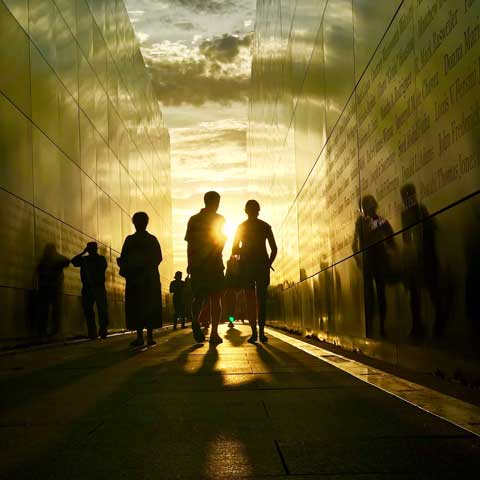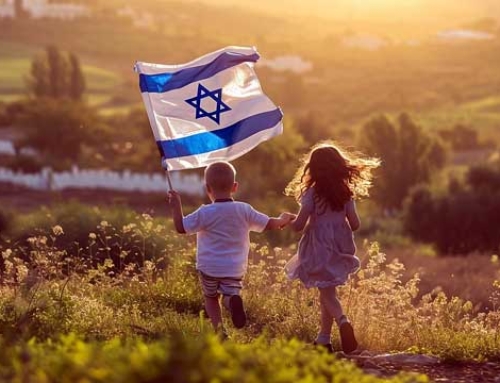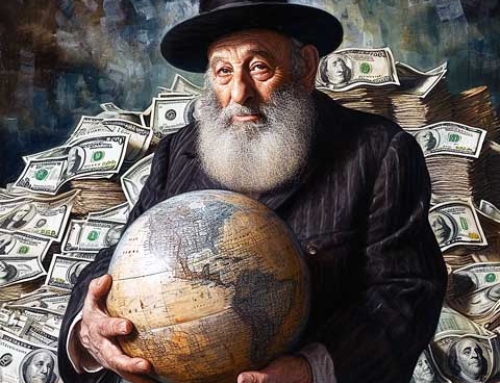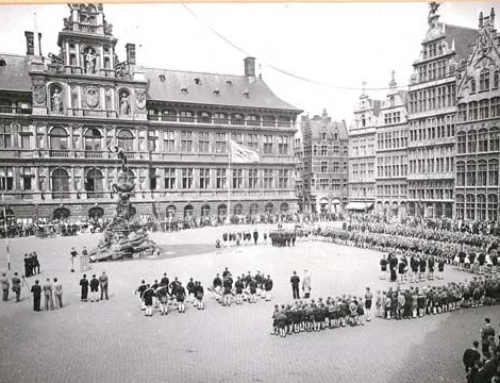As the Holocaust survivors witnessed the spring of 1945, a palpable joy surged through Europe. Imagine: after six grueling years of devastation, fear, and loss, the dark cloud of World War II was finally lifting. Streets, once echoing with the sounds of bombings and battles, now resonated with laughter, embraces, and tears of relief. The shadow of war was receding, and the light of freedom was breaking through.
Yet, while most of Europe celebrated, a community mourned in silence. For Europe’s Jews, liberation was a bittersweet moment. Their story, often overshadowed, is a testament to incredible resilience and survival.
This is the first in a series of seven articles tracing the journey of Holocaust survivors. For younger generations, who might never have the chance to speak directly to a survivor, it’s crucial to know these tales. They serve as stark reminders of the perils of unchecked hate and prejudice and underscore the importance of unity, understanding, and love in today’s world.
So, as we embark on this journey together, I invite you not just to read, but to feel, understand, and reflect. By remembering the past, we can hope to forge a brighter future.
The Victory that Came Too Late for Europe’s Jews
While Europe’s streets buzzed with jubilant crowds, flags fluttering, and victory songs, a profound silence weighed on Jewish hearts. Their experience wasn’t pure joy but a cocktail of relief, sorrow, and loss.
The euphoria sweeping the continent didn’t touch the Jewish community in the same way. Why? Because for them, victory was a painful reminder of what was lost. Families torn apart, communities decimated, and an entire generation scarred by the Holocaust’s horrors.
The bitter truth was that victory came too late for most European Jews. While others embraced their returned loved ones, many Jews searched in vain for traces of their families. The joy of liberation was overshadowed by the realization of the immense tragedy: millions of Jews had already been murdered in concentration camps, ghettos, and mass graves.
Devastating Numbers
When discussing the Holocaust, numbers aren’t just statistics. They represent lives, dreams, and futures cruelly cut short. And while no figure can fully convey the tragedy, they offer a glimpse into the staggering scale of loss.
In Poland, once home to Europe’s largest Jewish community, 3.5 million Jews lived before 1939. By war’s end, only 250,000 remained. That means a staggering 93% of Polish Jews perished during the Holocaust. Similar heart-wrenching stories emerge from Czechoslovakia, Yugoslavia, and the Balkans. These figures are more than just numbers; they’re a silent testament to the darkness that engulfed Europe and the communities forever altered.
Returning to a Changed Home
Imagine returning home after a long, harrowing journey, only to find it unrecognizable. For Holocaust survivors, this was the grim reality.
Many returned, hoping for a glimpse of their former lives, only to find their homes abandoned or occupied. Streets that once bustled with Jewish culture were now eerily silent. Synagogues, schools, and community centers lay in ruins or repurposed.
For many, returning home was a painful reminder of lost loved ones. Every empty house, every silent street evoked memories of friends and family no longer there. And instead of a warm welcome, many faced hostility from neighbors who had taken over their lives and properties in their absence.
Political Tensions and Anti-Semitism
Post-war Europe was a hotbed of political tensions. Poland, having suffered under both Nazi and Soviet rule, was at the heart of these tumultuous times. In this political maelstrom, Jews were often seen as allies of the left-leaning forces. This perception was amplified as many Jews viewed the Red Army as their liberators. However, this association led to further mistrust and hostility from parts of the Polish population.
Deep-rooted anti-Semitic sentiments, fueled during the Nazi occupation, persisted and even intensified post-liberation. Many Poles and Ukrainians feared returning Jews would reclaim properties acquired during the war, leading to violent attacks.
The Drive to Survive and Rebuild
In the wake of such a devastating tragedy, one might expect survivors to retreat, lost in their grief. But the Jewish community showcased resilience and determination that’s nothing short of awe-inspiring.
Amid the ruins of their former lives, Jewish survivors rose, determined not just to survive but to thrive. They set up medical facilities, reopened schools, and established networks to help locate missing family members.
Why the Stories of Holocaust Survivors Matter More Than Ever
In a world where the gap between the present and the Holocaust widens, it’s crucial to keep sharing survivors’ stories. These tales are not just tributes to those who suffered but powerful reminders of the dangers of intolerance and hate. For younger generations, distanced from these events, these stories are essential. They bridge the past and serve as warnings for the future.
But this is just the beginning. This series will take you on a journey through the experiences of Holocaust survivors, from liberation to the establishment of a Jewish state.
In our next article, we’ll delve into the gripping tales of “The Flight from Poland.” What drove so many Jewish survivors to leave their homeland again, shortly after liberation? Stay tuned to discover more. You won’t be disappointed.







